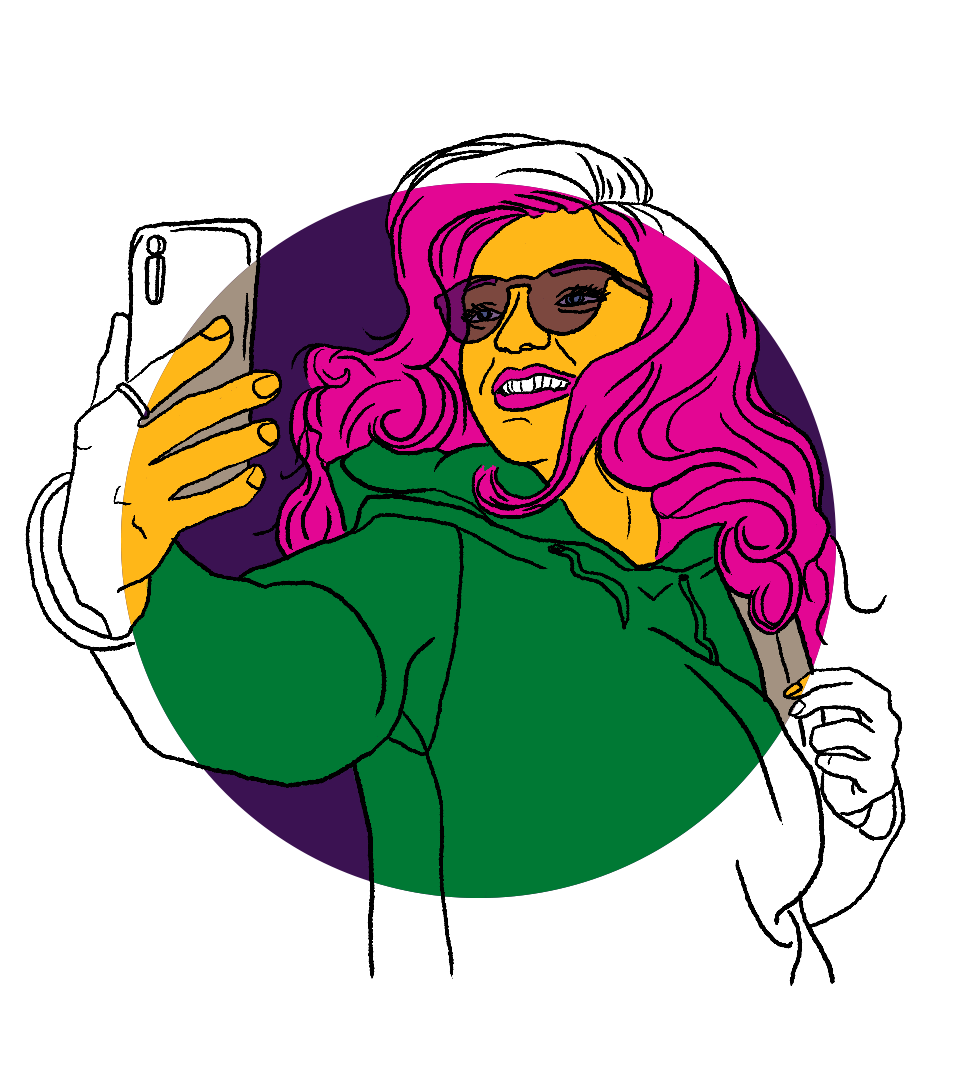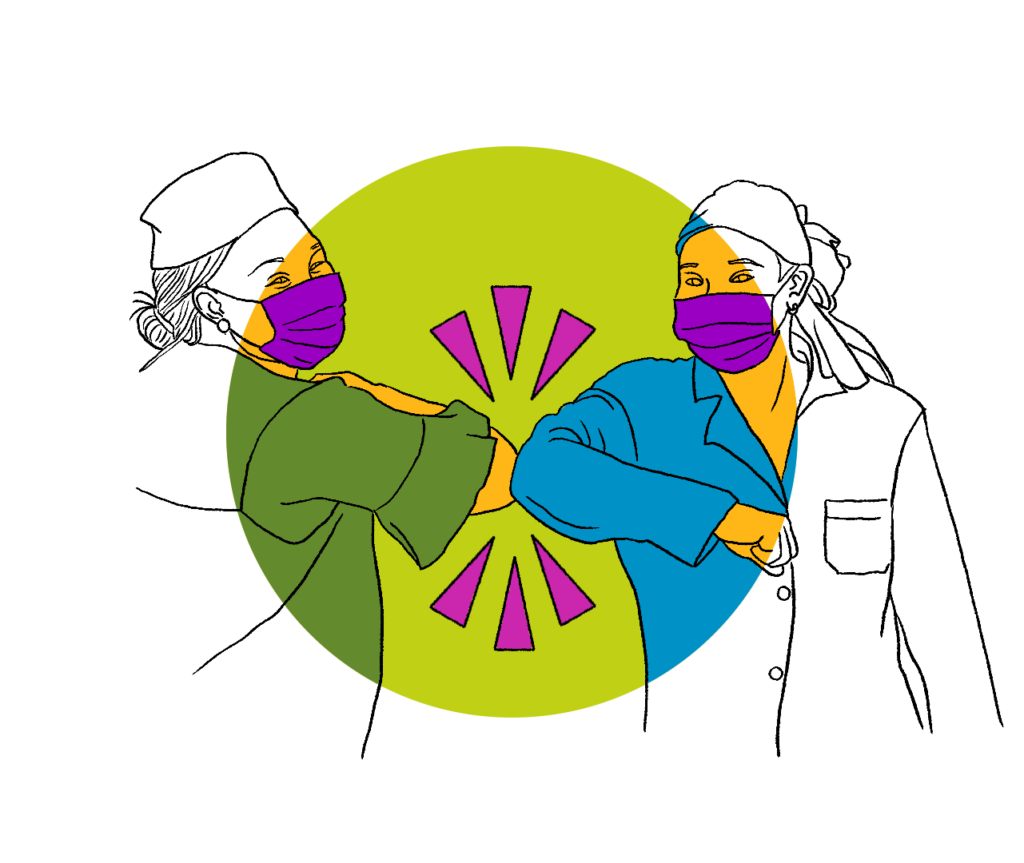Young people see themselves as creative, but don’t feel that the arts are for them. The answer? Broader definitions.
Nine in 10 Gen Zs in the UK see themselves as creative, but young people often are less likely to engage with organisations that position themselves in the ‘arts and culture’ sector, further perpetuating homogenous and unrepresentative workforces, audiences and content in the creative industries.
Beatfreeks is an engagement and insight agency that connects young people with brands, governments and funders to unleash creativity and change the way things work. One way we do this is by working creatively with young people on their terms, while solving business issues, co-designing services and creating engaging content for organisations along the way.
In October 2020, we spoke to 2,000 Gen Zs about a broad range of topics as part of our National Youth Trends project. The research covered everything from young people’s thoughts on the UK’s heritage sector to how much they’ve got in their savings accounts. One of the questions we asked was whether they see themselves as ‘creative’. 90% said yes.
Following a year that saw digital content consumption worldwide double, and 99% of young people tell us they are on some form of social media, the depth and breadth of our internet use has undoubtedly played a role in the self-perception of young generations. In 2021, creation and curation, for the majority of people, takes place online. Twitter is our new, open submission, satirical comments section. Instagram, a personalised runway or catwalk. TikTok, the form-binding, short and sweet comedy snippet show. The digital manifestation of creation and consumption draws from our historical understanding of creative spaces, but pushes it further, and, crucially, wider.
The thing about TikTok is it’s so easy to create a video […] for example YouTube it takes me a whole week to edit […] with TikTok, you just record yourself, you add some text, you make it funny, whatever, and it’s out there, and I managed to gain a little following. I think I’m on 14k right now, which is, I’m very surprised by that.
Josh | 18 | Birmingham
It’s now not only Gucci, Prada and YSL that can project their vision of contemporary fashion on the world, but also Lucy from Glasgow, Suki from Cardiff, Sean from Hackney. It’s all made possible through media that (to an extent that can be heavily contested) levels the playing field – gives you some tools and a platform, and says: do what you like. While we should not ignore the digital divide in the UK, content creation has in many ways become the most democratic creative outlet we’ve seen to date.
This broadening understanding of creativity, brought on by the wider access to content creation through digital media, is often not reflected in young people’s inclusion in our arts and culture sector. Time and time again, we find in our research that young people think the sector is not a space for them as ‘creatives’, but one reserved for the ‘artistic’. This is – we fundamentally believe – at odds both with what the sector wants and with what young people would enjoy (and benefit from) engaging with as employees, audiences and citizens.
Our findings point to the fact that the arts and culture sector – at least in the eyes of many young people and at most within the workings of the sector itself – is still too bound by traditional notions of what we understand ‘art’ and ‘culture’ to be.
Twitter is our new, open submission, satirical comments section. Instagram, a personalised runway or catwalk. TikTok, the form-binding, short and sweet comedy snippet show
As young people understand it, in 2021, culture encompasses anything and everything: from the design of public space through to the way our digital marketing profiles are mapped to the time at which a piece of theatre takes place. The same applies to art, which has long crossed over the arbitrary ‘entertainment’ vs. ‘art’ line in the sand. Art is Netflix, is NFTs, is content. In short, if art and culture are intended to reflect the world around us while attaining a soft power over the direction of society, then – in line with Gen Zs definition – the sector needs to broaden its terms.
Yes, I am a creative person. I am less of a creator and more of a curator. I can bring things together to create larger meaning. I’m not an artist.
Anonymous | 19 | Croydon
Beatfreeks pushes young people and businesses to unleash this new idea of creativity. Through empowering the natural innovation of young people by actively pursuing a broad interpretation of creativity, we’re aiming to bring Gen Z’s lived experiences to the table on the basis of their inherent value, as opposed to a tokenistic youth voice exercise. In doing so, we are working with organisations who want to build the institutions of the future; who see that it’s inherently beneficial to get relevant and to stay there.
Through our internal research project, National Youth Trends, we’re aiming to hit that old artist’s sweet spot of matching up our content and our form. We’re empowering young people to take the data they have given us (about how they think we should innovate, how they define the terms, what they want to see change, why they think issues are important) and present it in innovative, creative, accessible ways. This sometimes means Gen Z presenting their data as memes (see the Gen Z starter packs in our Institutions of the Future report) and their insights as Insta reels or autoethnography via grid posts.
Moving forward, at National Youth Trends we’re pushing this further: thinking about how we can turn young people’s data about creativity, culture and art into creative commissions that provoke others to take on the challenge of innovation for democracy. This could look like co-design of city space through the lens of its young occupants; like management of engagement programmes by the participants from the off; like a wider interpretation of what we refer to as art and culture, for a generation who are already building tomorrow’s sector today.








